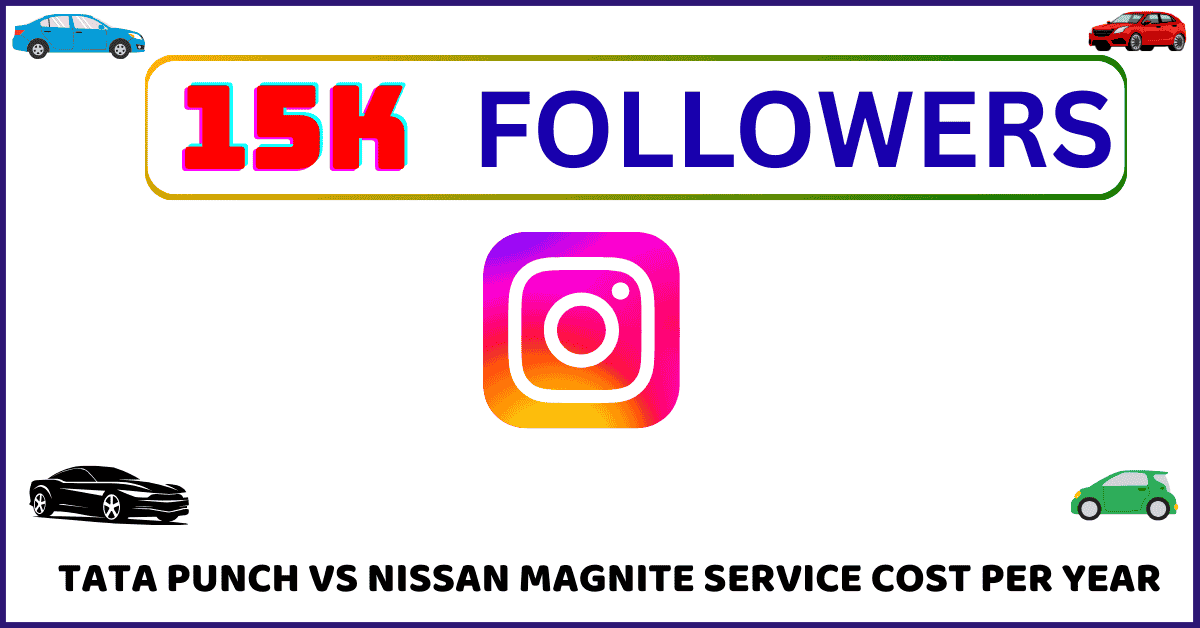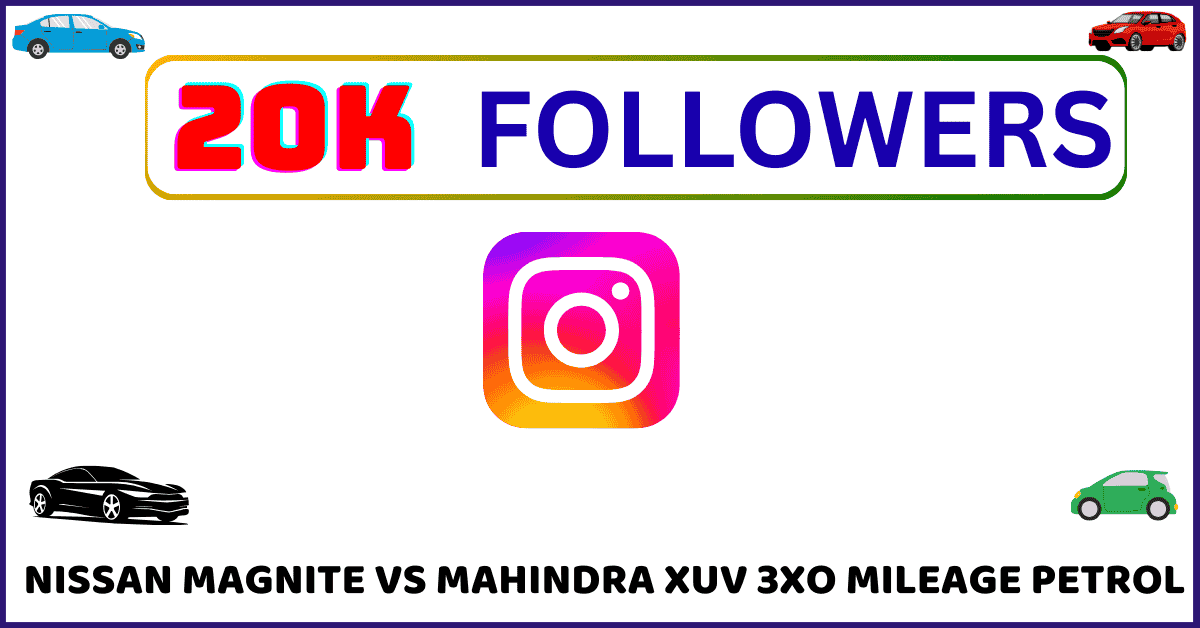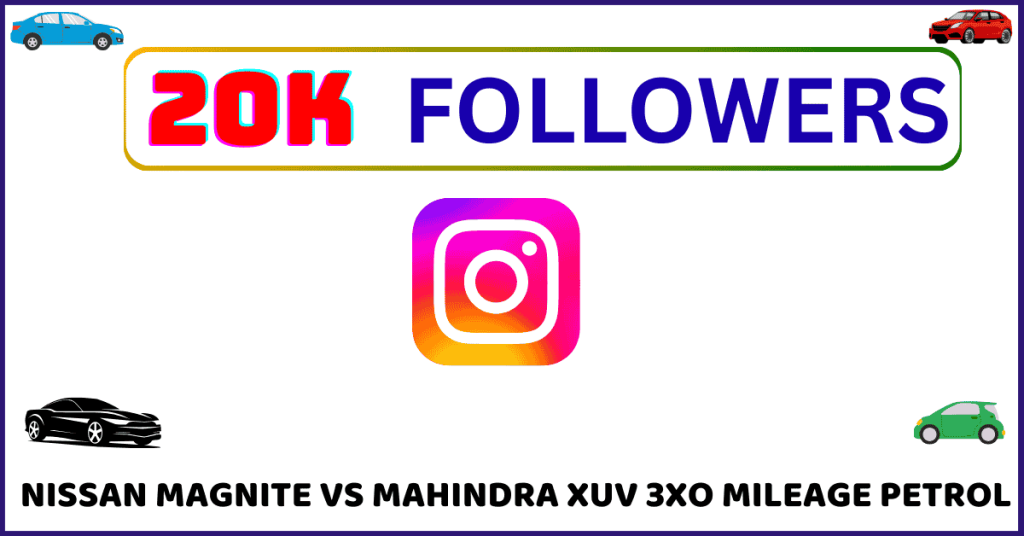Below is a detailed blog-style comparison of the insurance premium cost for Hyundai Exter vs Nissan Magnite in India — how they differ, what drives the cost, sample numbers, and tips to optimize your premium.
Why Insurance Cost Differs Between Models
Insurance premium is not just about the car’s sticker price. Several inter-related factors influence how much you pay for a given car’s insurance. When comparing Exter and Magnite, some of the key levers are:
- Insured Declared Value (IDV) — essentially the current market value of the car. Higher IDV → higher “own damage” component.
- Engine capacity / cubic capacity (cc) — more powerful / higher cc cars often attract higher premiums (for certain parts of coverage).
- Repair cost & spare parts cost — if parts are expensive or hard to source, insurers will load the premium.
- Claim history / risk profile of the model — if a particular model sees more claims, insurers treat it as more risky.
- Safety features / anti-theft / security features — cars with better safety, immobilisers, tracking, etc. may get discounts / lower risk ratings.
- Location / RTO / registration city — urban / high traffic zones pay more.
- Add-ons / coverage options (zero depreciation cover, roadside assistance, NCB protection, engine cover etc.)
- No Claim Bonus, driver profile, age of vehicle, usage etc.
Because Exter and Magnite are in somewhat overlapping segments (compact / micro-SUV), their base insurance costs will be comparable, but the differences in IDV, variant, engine, and spare part cost can lead to noticeable differences.
Sample / Estimated Insurance Premiums for Exter and Magnite
To make this concrete, here are some published example insurance premium figures for both cars (comprehensive or own-damage + third party). These are indicative, and actual premium you pay may vary based on your city, variant, discounts, etc.
Hyundai Exter — Insurance Examples
- PolicyBazaar lists variantwise Exter insurance premium (for 2024 registration) — e.g. EX variant, IDV ~ ₹5,82,160, bundled premium ~ ₹16,406 onwards (comprehensive) Policybazaar
- InsuranceDekho shows for Exter STD (1,197 cc petrol), third-party / own damage premium ~ ₹2,094 (this seems likely just the own-damage or third-party component) https://www.insurancedekho.com
- In “running cost” article, Spinny mentions third-party premium for Exter is ~ ₹3,416 per year across variants Spinny
- ACKO / Hyundai car insurance page lists for Exter in Bangalore: 3 years third-party + 1 year own damage premium ~ ₹13,932 and with zero depreciation ~ ₹15,742 Acko
- Bajaj Finserv shows the third-party premium rate for Exter variants for FY 2023-24 as ₹3,416 across all variants (this is just third-party component mandated by IRDAI) www.bajajfinserv.in
So for Exter, you can expect:
- Mandatory third-party insurance cost: ~ ₹3,416 (for many variants) www.bajajfinserv.in+1
- Comprehensive premium (own damage + third party) for new car / higher variants: ₹16,000+ (depending on IDV, city, add-ons) Policybazaar+1
Nissan Magnite — Insurance Examples
- PolicyBazaar has a Nissan Magnite insurance listing (though not variantwise premium in the snippet) Policybazaar
- InsuranceDekho shows for Magnite (variant XV Premium, 999 cc petrol), the own damage + third-party premium ~ ₹9,627 (for that variant / IDV) https://www.insurancedekho.com
- Bajaj Finserv Markets mentions a “starting premium” for Magnite: ₹2,094 (likely the lowest own-damage or third-party part or base) Bajaj FinServ Markets
- IFFCO-Tokio insurance page says they provide cover for Magnite and allow customizing add-ons etc. Tata AIG+1
From these, for Magnite you might see:
- Third-party part (compulsory) will be as per IRDAI slab for ~999 cc cars (so relatively lower)
- Comprehensive premium for a well-specified Magnite variant might be in the ₹8,000–₹12,000+ range depending on IDV, city, etc.
Side-by-Side Premium Difference: What to Expect
Let me put together an illustrative comparison based on typical / example cases to show how much difference might arise between Exter and Magnite for insurance.
| Model | Typical IDV / Variant | Typical Comprehensive Premium Estimate* | Comments / Why higher / lower |
|---|---|---|---|
| Hyundai Exter (higher variants) | IDV ~ ₹5.8-8.5 lakh (for mid / high trims) | ~ ₹16,000+ (for bundled / full coverage) Policybazaar | Because Exter’s IDV is moderately high, spare parts cost, add-ons may push premium upward |
| Hyundai Exter (lower / base) | lower IDV | ~ ₹10,000–₹12,000 (or lower, depending on city, no add-ons) | Lower variant, fewer add-ons, lower risk perception |
| Nissan Magnite (mid variant, 999 cc petrol) | moderate IDV | ~ ₹9,600 (for variant shown in InsuranceDekho) https://www.insurancedekho.com | As the variant in that example is 999 cc, which is lower engine displacement, lowers premium for some components |
| Nissan Magnite (higher variant / with more features) | higher IDV | Could go to ₹12,000–₹15,000+ depending on city & add-ons | As variant / features / accessories increase, so will premium |
* These are indicative / example values from public sources. The actual premium can differ by city, specific variant, age of vehicle, claim history, etc.
From the above, Exter’s comprehensive premium (for a higher variant) may be significantly higher than the Magnite premium in many comparable cases, especially if both cars are of similar age and in the same city. The difference arises because Exter’s variants may carry higher IDV, costlier parts or features, and higher “risk value”.
However, in lower or base variants, or in cities with lower rates, the difference may not be dramatic.
Also, the third-party portion (which is mandated by law) is fairly fixed as per IRDAI rate schedules and depends on engine cc / category. For example, Exter’s third-party premium shown as ₹3,416 for many variants is uniform for many trims. www.bajajfinserv.in
Why Exter Might Have a Higher Insurance than Magnite (in Many Cases)
Let’s break down the specific reasons why observed premium for Exter might be higher than that for Magnite in equivalent circumstances:
- Higher IDV / variant pricing
If the Exter variant you own is higher priced / has more features, its declared value (IDV) is higher → higher premium component. - Spare parts / repair cost
If Hyundai Exter parts / servicing cost in your region is higher or if insurance companies perceive them to be more expensive to repair, they will load the premium more. - Higher risk / feature load
More electronics, additional features (sunroof, advanced infotainment, sensors) might increase the risk of damage / repair – insurers may levy higher cost. - Variant differentiation and accessories
Accessories / custom modifications / optional add-ons may increase the insured value and risk, raising the premium. - Less claim experience / newer model risk premium
If Exter is relatively newer (or insurers have less historical data on claims), insurers might use a safety margin, making premium a bit more conservative / higher. - City / RTO location impact
If Exter is more common in risky zones or in heavy traffic in your city, the insurer may charge higher “risk loading”. - Add-ons & coverage scope
Often a higher spec Exter owner will opt for more add-ons (zero-dep, engine cover etc.), whereas a Magnite user might stick to more basic coverage — that difference can inflate cost.
What to Check / Ask When Comparing Insurance Premiums for Your Exter vs Magnite
When you are getting insurance quotes for Exter or Magnite, here are things to watch closely:
- Compare IDV (Insured Declared Value) — a small reduction in IDV can significantly reduce premium.
- Ask what add-ons are included (zero depreciation, engine cover, NCB protection, roadside assistance) — quotes that include many add-ons will cost more.
- City / ZIP / registration location — premium varies by location.
- Claim history / No Claim Bonus (NCB) — if the car (or the owner) has a good claim history, premium reduces.
- Deductible / voluntary excess — opting a higher voluntary deductible lowers your premium.
- Security features / anti-theft / immobiliser — these can give discounts.
- Brand / service network / spare parts cost — insurers consider how easily repair + spare parts can be arranged. If your city has many Hyundai / Nissan service centers, that reduces perceived risk.
- Year / age of the car — newer cars get different rates than older ones.
- Usage pattern / driver profile — young drivers, drivers with prior claims, etc. may be charged more.
Make sure when you compare quotes, you compare “apples to apples” (same add-ons, same IDV, same deductibles) for Exter vs Magnite.
Example: “In Lucknow / Uttar Pradesh” (Hypothetical Illustration)
Let me give you a hypothetical scenario assuming both cars are in Lucknow, mid variants, similar age, + similar add-ons, to show how the difference could play out.
- Suppose the Exter variant has an IDV of ₹7.5 lakh (mid / upper variant).
- Suppose Magnite variant has an IDV of ₹6.5 lakh (mid variant).
- Comprehensive insurance base for Exter might come out (for that city) at, say, ₹14,000 (just a guess based on public numbers).
- For the Magnite, for a lower IDV, the comprehensive premium maybe ₹10,000–₹12,000.
- That’s a difference of ~ ₹2,000–₹4,000 annually (or more) in favor of Magnite in this example.
The exact numbers will need to be checked via online quote tools of insurers for your city. But the pattern is likely: Exter will cost more in insurance for equivalent coverage, especially in higher trims.
Conclusion & Takeaways
- The third-party (mandatory) insurance premium is relatively standard and depends mostly on engine size / IRDAI slabs. For many Exter variants, the third-party premium is ~ ₹3,416 (FY reference) as per published IRDAI rates. www.bajajfinserv.in+1
- The comprehensive / own-damage + add-ons premium is where the difference shows. In many cases, Exter’s insurance premium is likely to be higher than Magnite’s, especially for higher variants, due to higher IDV, cost of parts, feature load, and insurer’s risk perception.
- However, for lower / base variants, or if you reduce add-ons, the difference may narrow.
- Always compare IDV, add-ons, city, deductible, and ask multiple insurers to get best quote.





